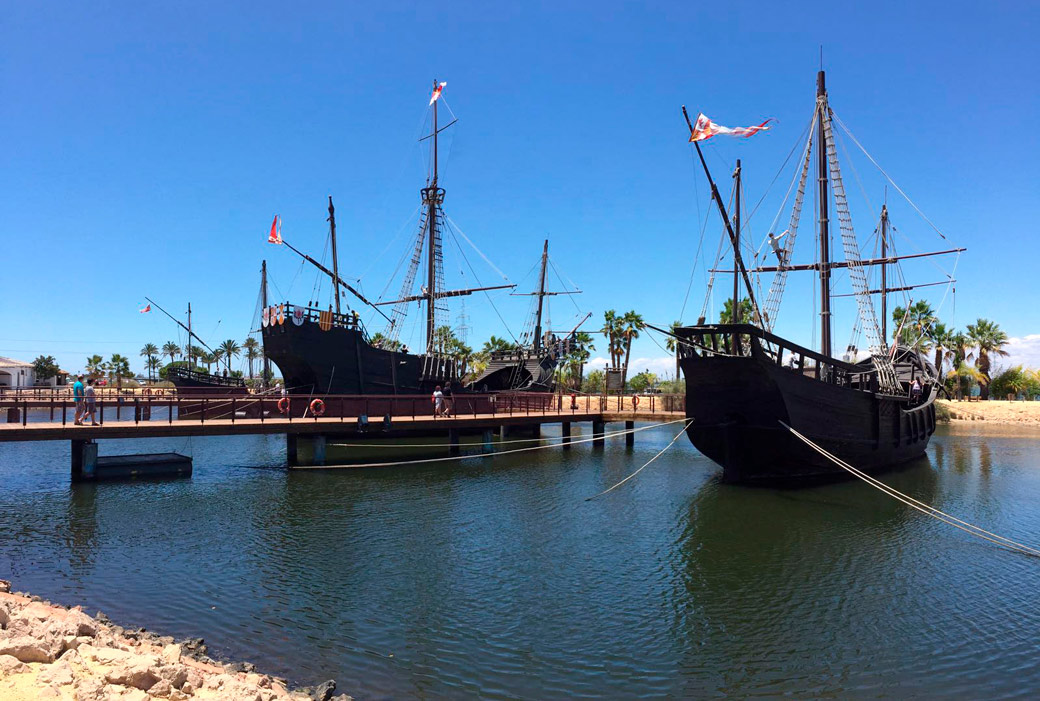Located about an hour by car from both Seville and Huelva, the Sierra de Aracena and Picos de Aroche Natural Park is one of the most beautiful places in Andalusia. It occupies the western area of Sierra Morena and the entire north of the province of Huelva and is home to white villages with cobbled streets that have sprouted among infinite hectares of pastures., olivares, orchards and chestnut trees. The Sierra de Aracena is a perfect destination for small vacations or weekend getaways, although the area has enough places to discover to get lost for days and days.
- Aracena
- Aracena Castle
Direction: Castle Hill, s/n, 21200 Aracena, Huelva
Schedule:
Winter (from october to may): every day, at 11:45, 12:45, 13:45, 16:00, 17:00 Y 17:45 h
Summer (June to September): every day, at 11:30, 12:30, 13:30, 18:00, 19:00 Y 20:00 h
Phone: 663 93 78 77 - Priory Church of Aracena
Direction: Plaza Virgen del Mayor Dolor, 21200 Aracena, Huelva
Schedule: Daily summer time 10:00 a 18:30 h. Daily winter hours of 10:30 a 17:30 h. - Grotto of Wonders
Direction: Snow Well Street, s/n, 21200 Aracena, Huelva
Schedule: Mornings from Monday to Sunday from 10:00 a 13:30 h, afternoons from Monday to Sunday of 15:00 a 18:00 h
Phone: 663 93 78 76 - Linares de la Sierra
- Alájar

The first day of the trip will consist of a tour of the town of Aracena (1) and its surroundings, so the use of a vehicle will only be accurate during the second half of this.
The day begins by reliving the history of the town of Aracena, on the top of the hill crowned by the Castillo (2) and the Priory Church (3). Here, in the heights, the germ of a fortified town took place, in the middle of Andalusian medieval times, known as Qatrasana, It was made up of a series of houses and different dependencies whose archaeological remains date from between the 10th and 13th centuries.. The construction of the Castle was precipitated by the conquest of Portugal and its subsequent annexation to the kingdom of Castile.. This became part of a set of fortifications that protected the territory from the Lusitanian attacks, the so-called Galician Band. Until the middle of the 16th century the Castle enjoyed its military function, until the population began to expand along the slopes of the hill and, due, the old town was falling into oblivion. Of what can still be seen today, the Alcazar and the Torre Mayor are worth highlighting, on the highest part of the mound; These elements served as the last stronghold against possible enemy attacks, once the rest of the fortress had been taken.
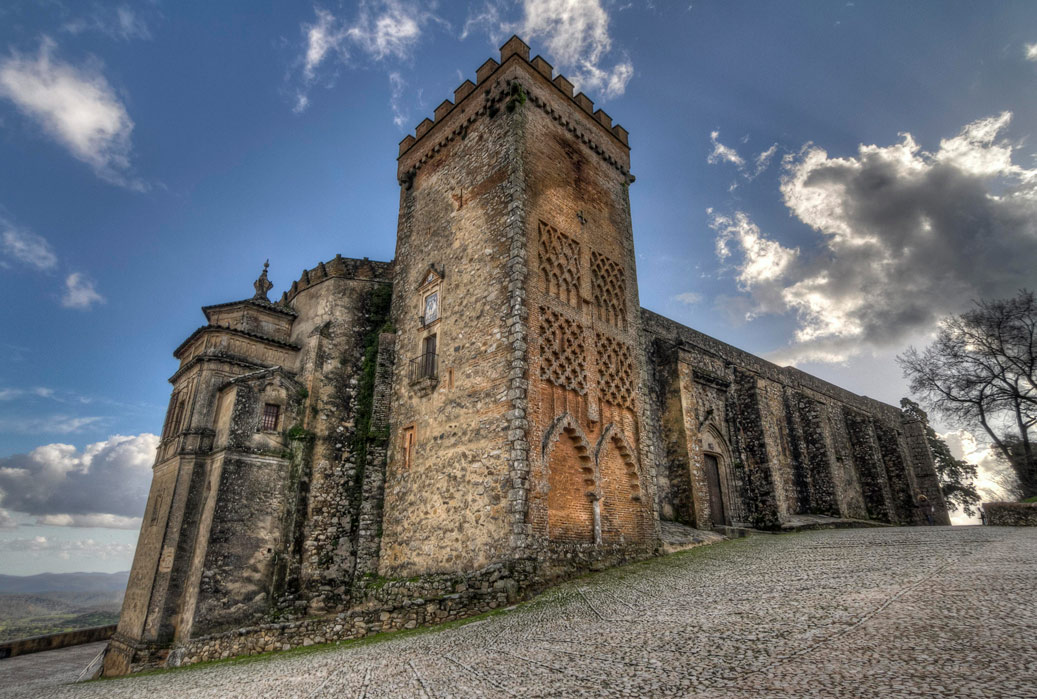
We descend the Cerro del Castillo and find, within it, how nature and time have forged a unique set of galleries, salons, lakes and underground streams on a limestone karst landscape. This historical witness is made up of the Grotto of Wonders (4), one of the most beautiful and best preserved caves in the world. The Grotto of Wonders began to originate from the action of the waters on the Cambrian marbles more than 500 millions of years. It was discovered by a series of mining works during the 19th century. In 1911 the conditioning works were undertaken, and in 1914 became the first tourist cave in Spain. Since then, new levels have been discovered and a greater visiting route has been opened.
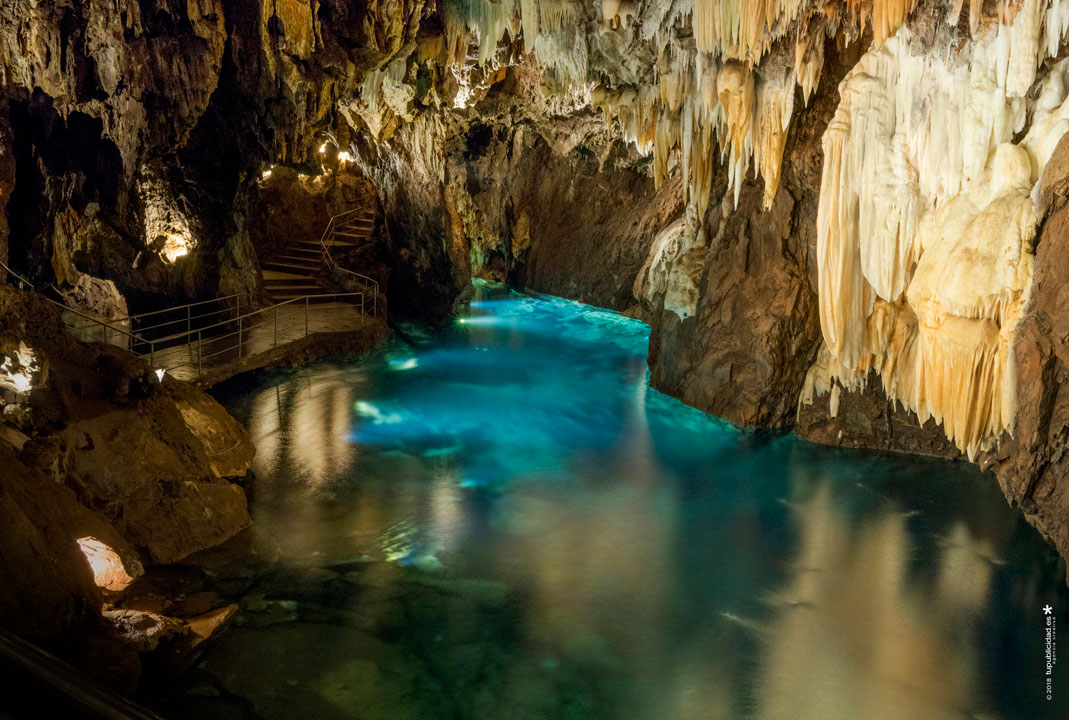
Time to get behind the wheel and ride the 8 kilometers that separate the towns of Aracena and Linares de la Sierra (5), one of the whitest and most picturesque villages in the entire region. It is a very small town, but it is well worth getting carried away through its streets discovering the stone mosaics that are placed in the hallways of the houses. Each mosaic is unique and distinguished by its floral or animal motifs. As they count, there are towns in Portugal that share this same tradition.
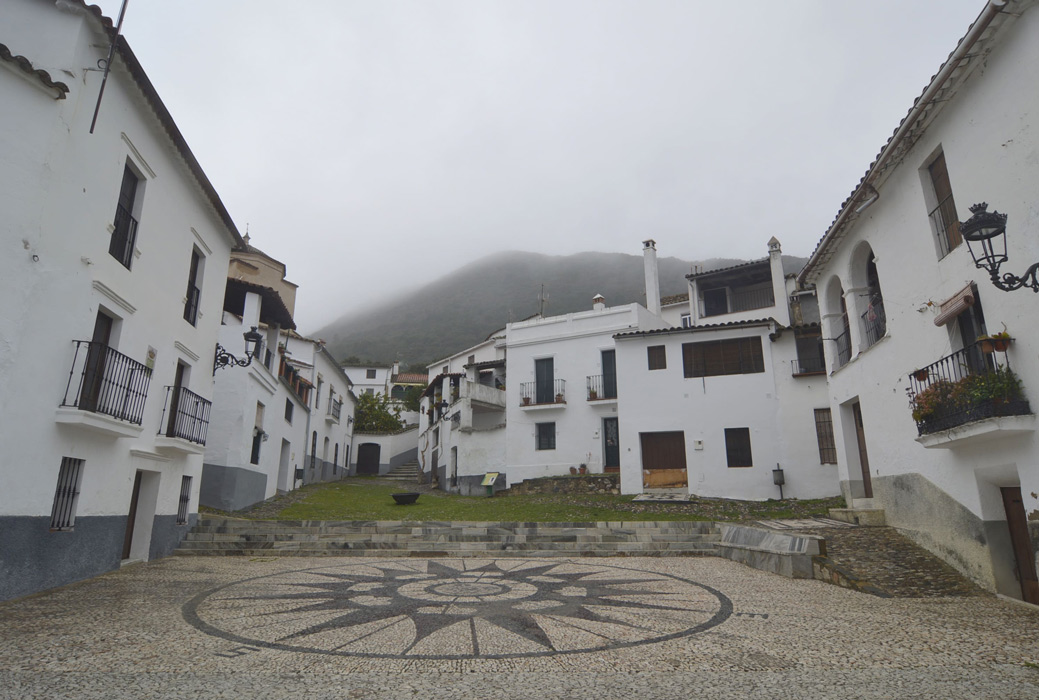
To end the day, One of the best options is to go to the municipality of Alájar (6), in the heart of the Sierra de Aracena. It is incredible the tranquility that comes from traveling both its local roads and its rural paths, admire the mountains and be enchanted by the landscapes. If we have time we can ascend to the Peña de Arias Montano to enjoy the panoramic view offered by this viewpoint of the whole of the mountains, although it is true that we will pass through here on our next journey.
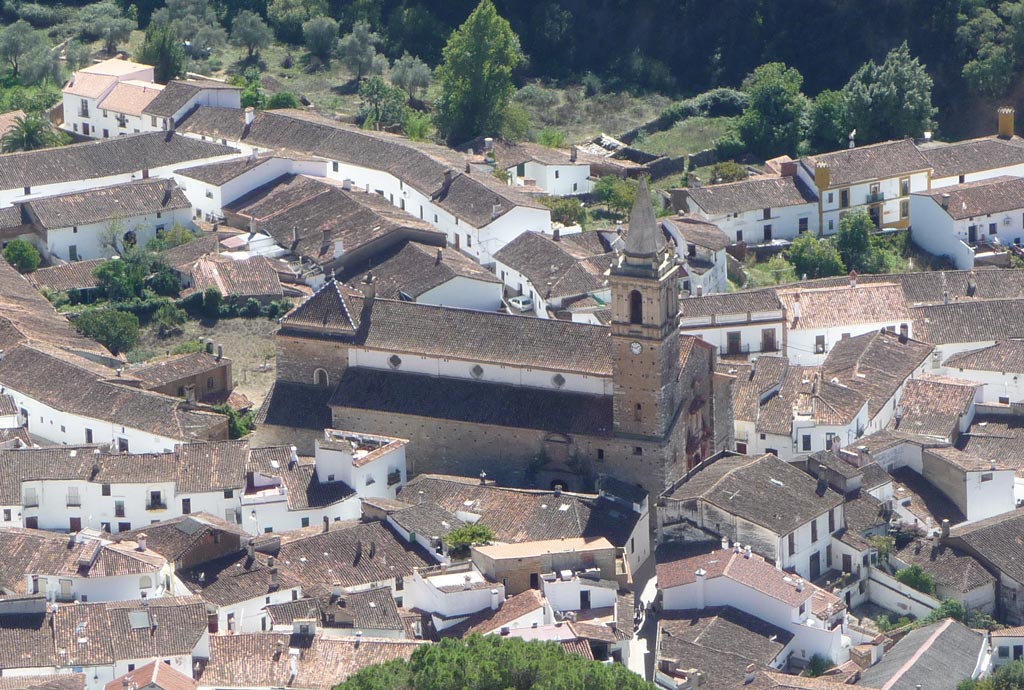
- Hoop
- Hispano-Roman city of Turóbriga
Direction: Archaeological Site of Turóbriga, Hoop, National road 433, Km. 128
Schedule:
Of 14 May to 30 of September: Tuesday to Friday from 9:00 a 15:00 h, Saturdays, Sundays and holidays of 10:30 a 15:00 h
Of 1 from October to 14 of May: Tuesday to Thursday from 8:00 a 17:00 h, Friday, Saturdays, Sundays and holidays of 11:00 a 17:00 h
Phone: 959 14 02 01 - Hermitage of San Mamés
- Cortegana
- Cortegana Castle
Direction: Castillo Street, 50, 21230 Prado and Eritas, Huelva
Schedule:
Of 21 from september to 20 of June: Tuesday to Sunday from 11:00 a 14:00 h and from 16:00 a 18:00 h
Of 21 from June to 20 of September: Tuesday to Sunday from 11:00 a 14:00 h and from 17:00 a 19:00 h
Phone: 627 69 58 01 - Almonaster la Real
- Almonaster la Real Mosque
Direction: Castillo Street, 10, 21350 Almonaster la Real, Huelva
Schedule: mornings from Monday to Sunday from 10:00 a 13:00 h, afternoons from Monday to Sunday of 19:00 a 21:00 h
Phone: 637 59 57 56 - Rock of Arias Montano
- Santa Olalla del Cala
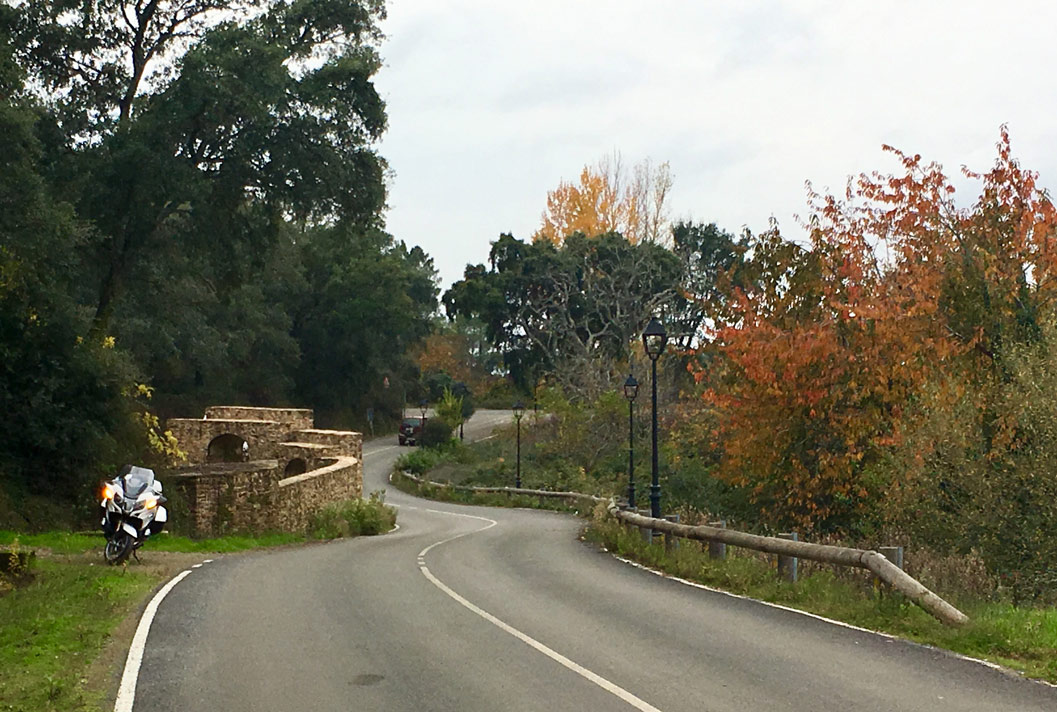
This time we will use our vehicle from the first hour of the day, Since a long but beautiful journey awaits us between different towns with departure in Aroche and destination in Santa Olalla del Cala.
The town of Hoop (1) It is located in one of the most beautiful places in the Huelva mountains. It is surrounded by green orchards and wild lands with lush groves. What's more, has a great historical past: the Hispano-Roman city of Turóbriga (2) It is the only Roman site that can be visited in the province of Huelva. Next to it stands one of the oldest Christian constructions in Andalusia, the Hermitage of San Mamés (3), belonging to the Mudejar period.

If we descend 13,5 kilometers along the N-433 road heading east we will reach Cortegana (4), a municipality whose single vision is already worthy of occupying a piece of our time. In it rises a castillo (5) that formed part of the defensive line against the kingdom of Portugal, the so-called Galician Band. Currently, this fortress claims to be one of the best preserved in the province.

A small detour along the HU-8105 will take us bordering beautiful hectares of mountains and pastures to the town of Almonaster la Real (6). When we admire the magnificent silhouette of the town from the road, we will understand why it is considered one of the most beautiful towns in Spain. The promontory that shelters the town treasures at its top a solemn construction from the 10th century, a mosque (7) conformed with Roman elements, Visigoths and early Christians whose visit seems essential.

We continue for 15 kilometers along the road that has discovered this wonderful place, back to the town of Alájar, Only this time we will border the municipality to make a stop and admire the views from the Rock of Arias Montano (8), a limestone rock promontory that houses a parish sanctuary, a bell tower and the so-called arch of the bride and groom.
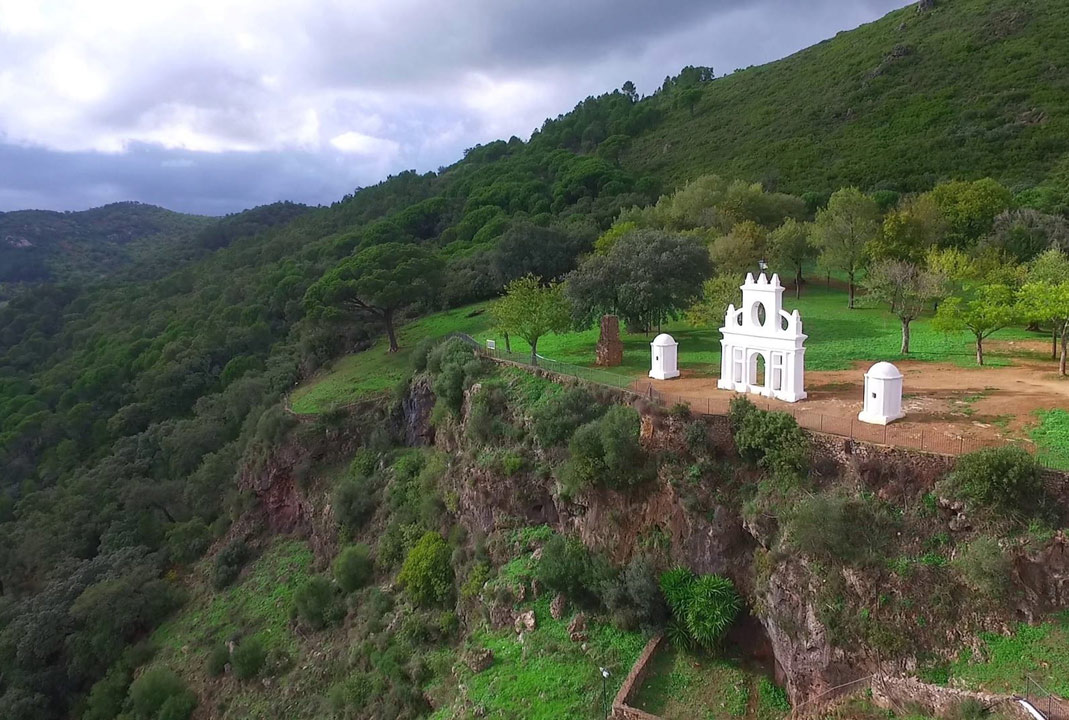
Here begins a long journey but one that we promise is worth completing. 50 kilometers separate us from being able to admire the spectacular fortress, the church and the synagogue that stand next to the municipality of Santa Olalla del Cala (9), a settlement of medieval history, though of even older myths and legends.
After this visit we will be able to conclude an intense second day of travel.

- Riotinto Mining Park
Direction: Ernest Lluch Square, s/n, 21660 Riotinto Mines, Huelva
Schedule: mornings from Monday to Sunday from 10:30 a 15:00 h, afternoons from Monday to Sunday of 16:00 a 19:00
Phone: 959 59 00 25 - Fog
- Castle of Niebla
Direction: Campo Castillo Street, 1, 21840 Fog, Huelva
Schedule: Monday to Sunday from 10:00 a 18:00 h
Phone: 959 36 22 70 - Moguer
- Santa Clara Monastery
Direction: Nuns Square, 1, 21800 Moguer, Huelva
Schedule:
Of 16 from september to 13 of June (guided tours every hour): Tuesday to Saturday, at 10:30, 11:30, 12:30, 16:30, 17:30 Y 18:30 h. Sunday, at 10:30 Y 11:30 h.
Of 14 from June to 15 of September (guided tours every hour). Tuesday, Wednesday, Friday and Saturday at 10:30 / 11:30 / 12:30 / 17:30 / 18:30 h. Thursday at 10:30 / 11:30 / 12:30 / 21:00 / 22:00 / 23:00 h. Sunday at 10:30 / 11:30 h.
Monday and holidays closed.
*The visiting hours may vary depending on the celebration of events in the convent. It is recommended to call in advance.
Phone: 955 47 13 02 - Zenobia and Juan Ramón Jiménez House Museum
Direction: Juan Ramón Jiménez Street, 10, 21800 Moguer, Huelva
Schedule: Guided tours from Tuesday to Sunday at 10:15 – 11:15 – 12:15 – 13:00 – 17:15 – 18:15 – 19:00 h.
Phone: 959 37 21 48 - Palos de la Frontera
- Monastery of La Rabida
Direction: Disseminated De la Rabida, s/n, 21819 Palos de la Frontera, Huelva
Schedule: from Tuesday to Sunday from 10:00 a 18:00 h (uninterrupted schedule)
Phone: 959 35 04 11 - Dock of the Caravels
Direction: Place of La Rabida, s/n, 21819 Palos de la Frontera, Huelva
Schedule:Of 16 June to 15 of September: from Tuesday to Sunday from 10:00 a 21:00 h.
Of 16 from september to 15 of June: from Tuesday to Sunday from 9:30 a 19:30 h.
Phone: 959 53 05 97 - Celestino Mutis Botanical Park
Direction: Place of La Rabida, s/n, 21819 La Rabida, Huelva
Schedule:
Of 16 from september to 15 of June: Tuesday to Sunday from 9:30 a 19:30 h.
Of 16 from June to 15 of September: Tuesday through Sunday, of 10:00 a 21:00 h.
Phone: 959 49 46 00
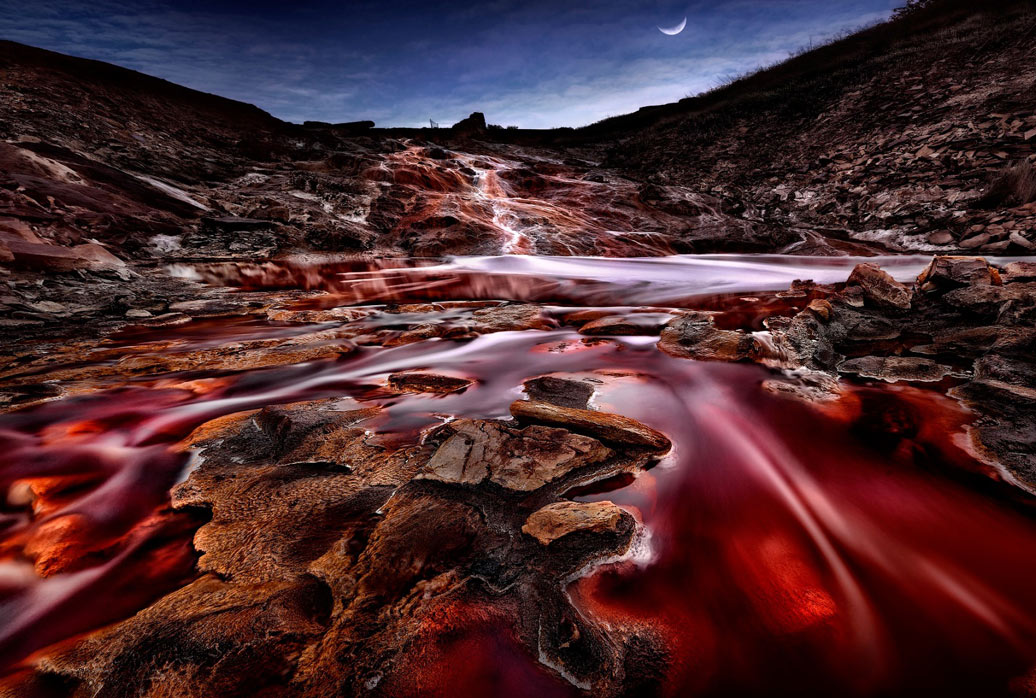
The third day of our trip takes us outside the limits of the Sierra de Aracena, heading south, towards other treasures of the province of Huelva.
We made the first stop at the Riotinto Mining Park (1), a place that offers its visitors history, adventure and nature. Here we can observe incredible landscapes, a unique river in the world for the color and composition of its waters, an old mine, a museum or a victorian house, among other attractions. And this area gets its name from there, of the reddish coloration of the water of your river, containing heavy metal sulphides.
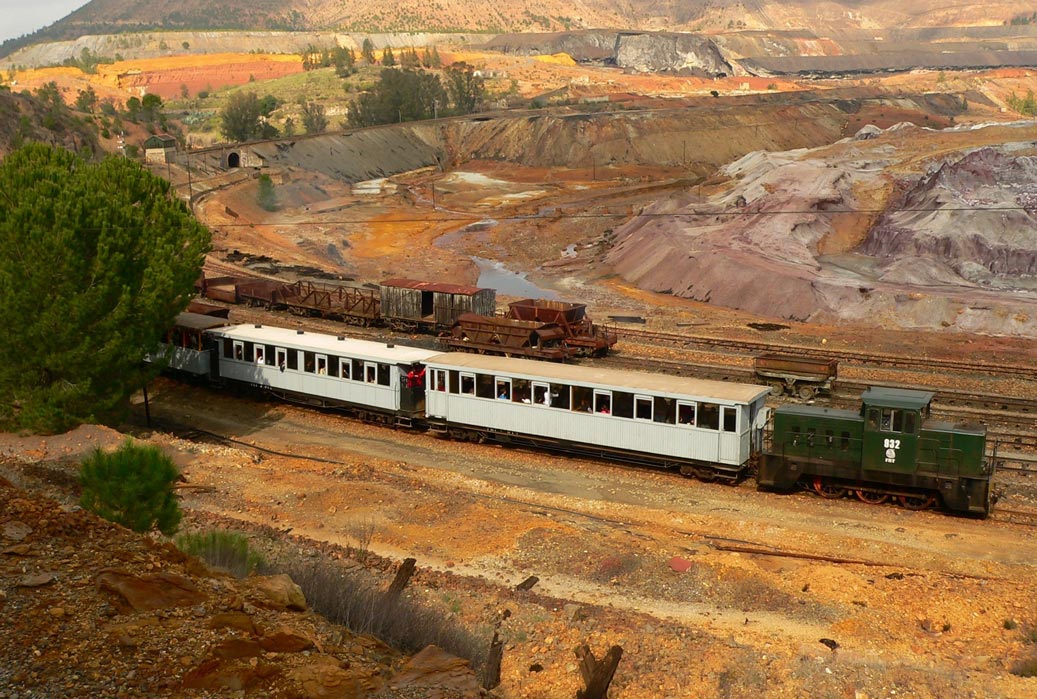
From here we will travel along the river that we have just discovered. Our next destination is the town of Fog (2), a Huelva municipality located 28 kilometers from Huelva capital. It is a thousand-year-old town that stands on a hill above the Tinto River, in a walled enclosure dotted with towers. Its important historic monumental ensemble (3) is a witness to the importance that the population has had in Andalusia. It welcomed many peoples and cultures, becoming the historical-cultural capital of this peninsular area from the Tartessian period to the 16th century, going through the Phoenician era, roman and taifa.

Progressively approaching the coastline we arrive at the town of Moguer (4). This place had special relevance in the preparation and realization of the first voyage of Christopher Columbus, which resulted in the discovery of America. The Monastery of Santa Clara (5) welcomed the discoverer on his return from his trip. What's more, It has great architectural appeal and is home to numerous pieces of sacred art from the 17th century. Likewise, Moguer was the birthplace of the poet and Nobel Prize winner for Literature Juan Ramón Jiménez. The Zenobia and Juan Ramón Jiménez House Museum (6) It opened its doors after the death of a poet and is a space dedicated to safeguarding his bibliographic and documentary legacy since 1958.

A 11 kilometers is found Palos de la Frontera (7), a city whose history is closely linked to maritime work and geographical discoveries. In it the first voyage of Christopher Columbus was conceived, reason why this town is known as the cradle of the Discovery of America. Among its tourist attractions is the Monastery of La Rabida (8), place that welcomed Columbus during the preparation of his trip; the dock of the Caravels (9), which has replicas of the vessels that took the discoverer to the Americas; and the Celestino Mutis botanical park (10), a natural space that preserves the character of integration and exchange with the American countries.
